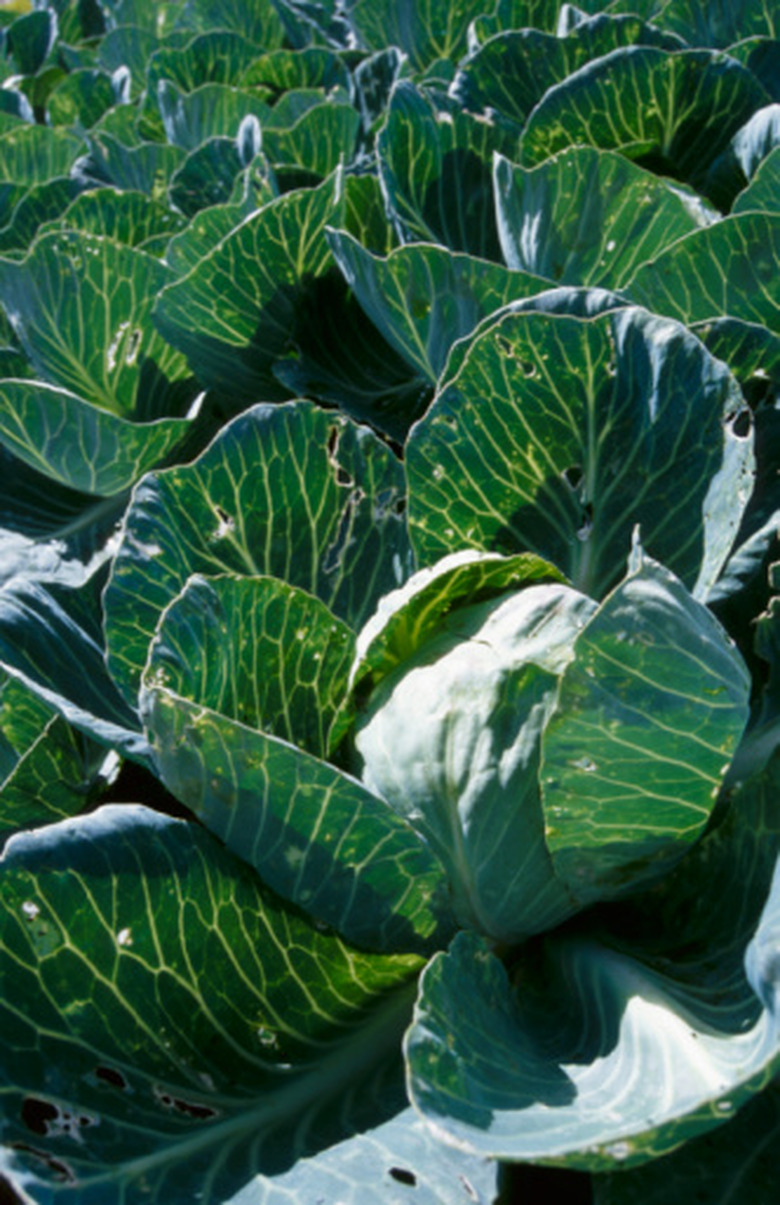The History Of Troy Bilt Tillers
Troy-Bilt tillers produced the first All-American Rototiller in 1932. Although based upon German tillers, the Troy-Bilt was specifically designed for the rocky American soils. According to Troy-Bilt, the same basic features of the first tiller are evident in today's modern tiller for commercial and home garden use.
History of Tillers
The first tillers were large, steam-powered machines pulled behind horses and commonly known as "earth grinders." In 1910, the first rototiller was patented by Konrad von Meyenberg of Switzerland and produced by Siemens-Schuckert-Werke, a German company. Other European inventors and companies began to patent rototillers of various designs around the same time.
Troy-Bilt History
During the 1920s, rotary tilling became popular in the United States. In 1930, C.W. Kelsey of Troy, New York formed The Rototiller Company, carrying both Siemens tillers and Simar tillers.
- Troy-Bilt tillers produced the first All-American Rototiller in 1932.
- In 1930, C.W.
- Kelsey of Troy, New York formed The Rototiller Company, carrying both Siemens tillers and Simar tillers.
Kelsey soon noticed that European made rototillers were not able to handle the rocky soil conditions in North America. In 1932, he registered the Rototiller trademark and began to produce a smaller version of the European tiller. In 1937, Kelsey developed the tiller featuring rear tines, known as the Model A-1 and based on the earth grinders of the 1800s. Weighing 400 pounds, the 4.25 horsepower machine featured cleated steel wheels with rear-mounted tines and power-driven wheels. By the end of World War II, Troy-Bilt tillers began manufacturing small tillers for the home gardener. Troy-Bilt brand tillers are produced by MTD Products Inc., headquartered near Cleveland, Ohio.
Purpose
The first tillers gave farmers the ability to farm larger areas of ground in less time. Although the design has changed, tillers still serve the same purpose. By breaking up the soil, the tiller helps the gardener to prepare the soil for planting. Troy-Bilt manufactures tillers to turn the soil, mix in amendments and aerate the soil, the three primary functions of a rototiller.
- Kelsey soon noticed that European made rototillers were not able to handle the rocky soil conditions in North America.
- By the end of World War II, Troy-Bilt tillers began manufacturing small tillers for the home gardener.
Significance
Today's modern rototillers still feature two of the original designed parts found on Kelsey's first rototiller — rear-mounted tines and power-driven wheels. Tillers provide an efficient mechanical means of preparing the soil. Loose, tilled soil provides an easier planting ground, according to Troy-Bilt.
